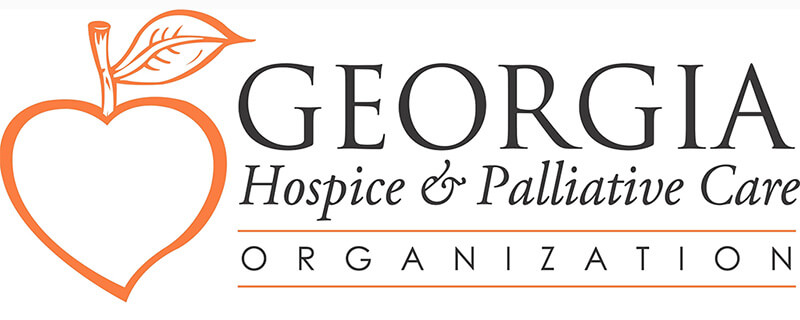Hospice
Hospice News Network:
Stay up to date with the latest news in the Hospice & Palliative Care Industry through Hospice News Network. Visit their website or download the most recent edition below!
About End of Life Care
What are Hospice, Palliative and End of Life Care?
At the center of hospice, palliative and end of life care is the belief that each of us has the right to excellent pain and symptom management and to have our physical, emotional and spiritual concerns addressed. We should expect compassionate care which provides an experience of death with dignity, free from discomfort and in an environment which is respectful and clinically competent, and which provides our families the necessary support during the process and after.
The term ‘end of life care’ is an overarching concept which includes four ways to address important needs in our life. Picture an umbrella. Its arching shelter is ‘end of life care,’ and gathered under it are advance care planning, palliative care, hospice care, and bereavement care.
How is Hospice Paid For?
Hospice coverage is widely available. It can be provided through Medicare and Medicaid in Georgia as well as by most private insurance plans. If coverage is not available, hospice will assist in investigating other resources the family may not be aware of. Barring this, most hospices provide care by using money raised in the community from memorials, special events, foundation gifts, or other contributions.
Medicare Hospice Benefit
More than 90% of hospices in the United States are certified by Medicare. Medicare defines a set of hospice core services, which many hospices surpass through voluntary, community-based efforts.
The Medicare Hospice Benefit, initiated in 1983, is covered under Medicare Part A (hospital insurance). Medicare beneficiaries who choose hospice care receive a full scope of non-curative medical and support services for their terminal illness. Hospice care also supports the family and loved ones of the patient through a variety of services, enhancing the value of the Medicare Hospice Benefit.
The Medicare Hospice Benefit provides for:
- Physician services
- Nursing care
- Medical appliances and supplies
- Drugs for symptom management and pain relief
- Short-term inpatient and respite care
- Homemaker and home health aide services
- Counseling
- Social work service
- Spiritual care
- Volunteer participation
- Bereavement services
Medicare has three key eligibility criteria:
- The patient’s doctor and the hospice medical director use their best clinical judgment to certify that the patient is terminally ill with a life expectancy of six months or less, if the disease runs its normal course;
- The patient chooses to receive hospice care rather than curative treatments for their illness; and
- The patient enrolls in a Medicare-approved hospice program.
Payment for Hospice:
Medicare pays the hospice program a per diem rate that is intended to cover virtually all expenses related to addressing the patient’s terminal illness.
Because patients require differing intensities of care during the course of their disease, the Medicare Hospice Benefit affords patients four levels of care to meet their needs: Routine Home Care, Continuous Home Care, Inpatient Respite Care, and General Inpatient Care. Ninety-six percent (96%) of hospice care is provided at the routine home care level .
The Hospice Benefit rates have increased annually based on the Hospital Market Basket Index. With the advent of costly new drugs and treatments like palliative radiation, the average cost to hospices has risen much faster than the hospice benefit reimbursement rates.
Hospices that are Medicare-certified must offer all services required to palliate the terminal illness, even if the patient is not covered by Medicare and does not have the ability to pay.
